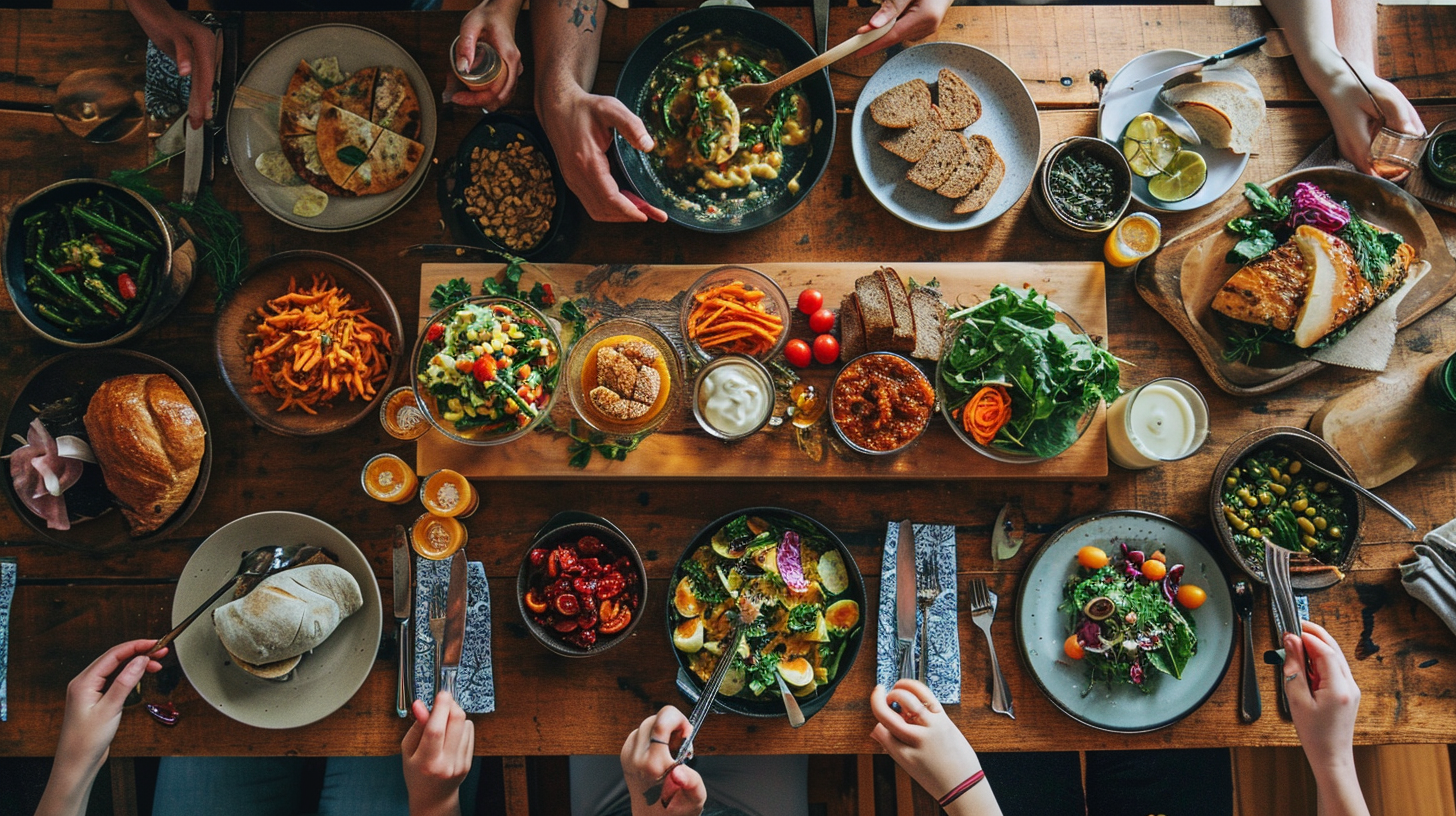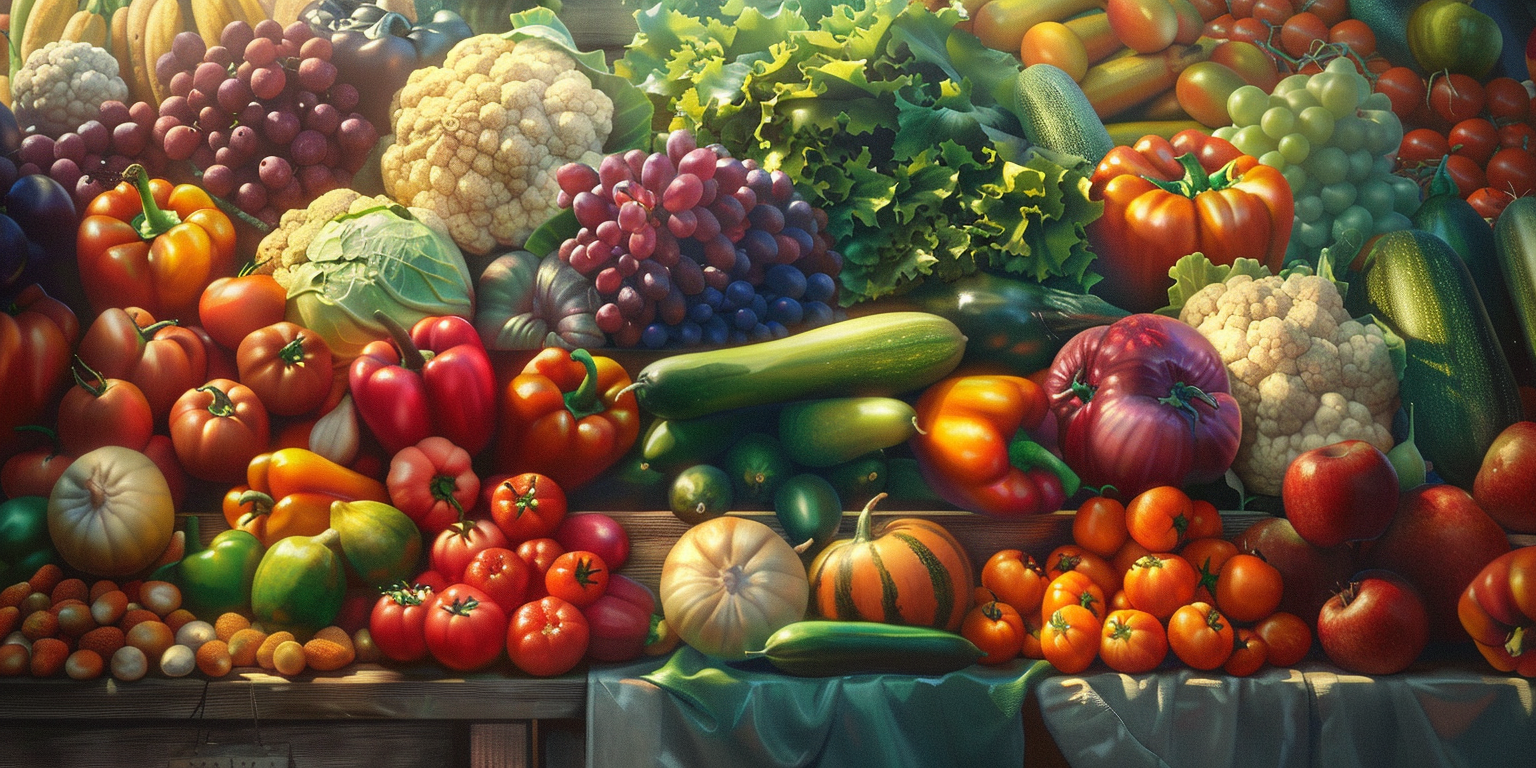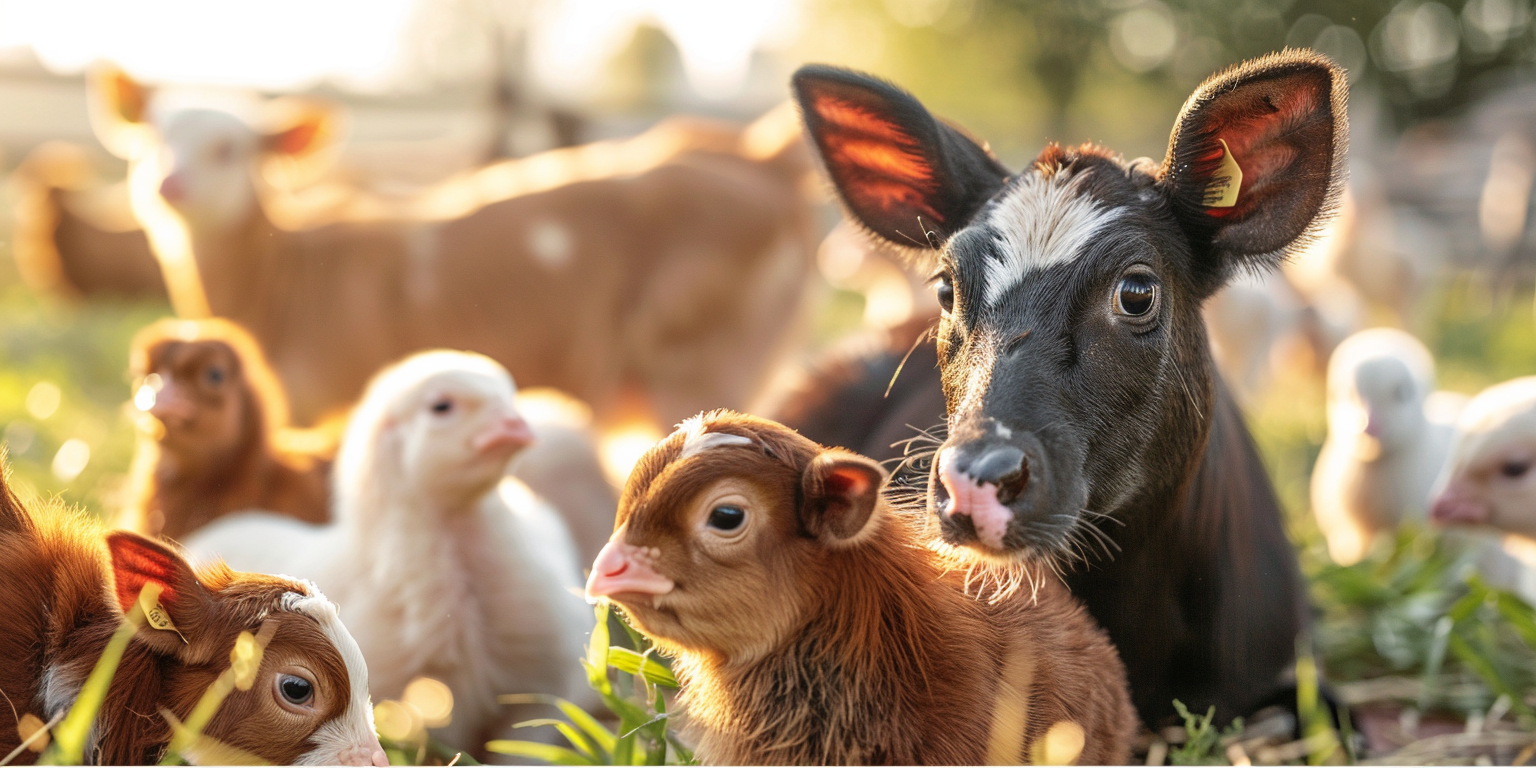In the age of social media, food influencers have become pivotal in shaping public perceptions and trends related to food and eating habits. With their growing popularity on platforms like Instagram and YouTube, these influencers wield significant influence over the dietary choices of their followers. This article explores the impact of food influencers in today’s digital landscape, examining how they influence dietary choices, drive food trends, and collaborate with brands, while also considering their role in promoting health, sustainability, and the criticisms they face.
1: The Emergence of Food Influencers
The rise of food influencers marks a significant shift in how culinary content is consumed and shared. Unlike traditional culinary experts and chefs, these influencers leverage social media platforms to reach a broad audience. They blend personal stories with culinary expertise, making their content more relatable and accessible. This will trace the brief history of food influencers, highlighting how platforms like Instagram, TikTok, and YouTube have been instrumental in catapulting them to prominence and how they differ from traditional culinary figures in terms of content and audience engagement.
2: Influence on Dietary Choices
Food influencers have a profound impact on the dietary choices and habits of their audience. Through visually appealing content and persuasive narratives, they have popularized various food trends such as superfoods, veganism, and meal prepping. This will discuss specific examples of trends driven by influencers and explore the power of visual and narrative appeal in shaping public eating habits. It will delve into how influencers, through their recommendations and endorsements, influence what and how people eat in contemporary society.
3: Marketing and Collaboration with Brands
The relationship between food influencers and brands is a critical aspect of their impact. Influencers often collaborate with food-related brands, restaurants, and culinary experiences, using their platforms to promote products and services. This will explore the dynamics of influencer marketing in the food industry, including how influencers collaborate with brands and the effects of sponsored content on consumer preferences and purchasing decisions. It will examine the influence of these partnerships on consumer behavior and the authenticity of the influencers’ recommendations.
4: Beyond Trends – Promoting Health and Sustainability
Beyond driving trends, many food influencers play a significant role in promoting healthy eating habits and sustainable food practices. This will provide examples where influencers have made a positive impact on issues like food waste reduction, organic farming, and conscious eating. It will discuss the balance influencers maintain between creating appealing content and providing educational value, emphasizing their potential to effect positive change in health and sustainability through their platforms.
5: Criticism and Responsibility
Despite their influence, food influencers face criticisms such as spreading misinformation, setting unrealistic standards, and excessive commercialization. This will address these criticisms, discussing the ethical responsibilities of influencers in representing food and dietary practices accurately and responsibly. It will highlight the importance of authenticity and transparency in influencer content, underscoring the need for influencers to be mindful of the impact their content has on their audience’s perceptions and behaviors regarding food.
Conclusion
Food influencers have a multifaceted impact on society’s eating habits and culinary trends. Their growing role in shaping public dietary choices reflects the changing landscape of digital content consumption. As their influence continues to grow, it will be crucial to observe how they balance trendsetting with responsible and authentic content creation.



